SEO for the AI Search World: Profound Vs Promptwatch Vs. Peec AI
If AI search just repeats traditional SEO tactics, where’s the real change? We hoped AI would force a shift toward higher-quality content—but if it’s trained on the same SEO-optimized web, are we just repackaging old habits?
Is Traditional SEO Dead? Evaluating the Shift to AI Search and New SEO Tools
The way we search is changing. Internet searches are moving from traditional search engines like Google, Bing, and DuckDuckGo to chat interfaces such as ChatGPT, Claude, DeepSeek, and Perplexity. As people look for tools or software, discovery is shifting from standard search engines to AI chat interfaces.
Technically, here's what's happening: In traditional SEO, as you improve your SEO and content marketing, impressions and clicks increase together—a proportional relationship that's held for about 20 years. Now, this is changing. In Google Search, the top result is often a large, AI-generated answer that takes up most of the first scroll. This answer is produced by a black-box AI.

There’s even a term for this phenomenon: the “Great Decoupling.” In recent months, marketers and analytics tools have observed that for the first time, as impressions rise, clicks are falling. This suggests engagement and discovery are moving away from direct search-and-click to new channels.
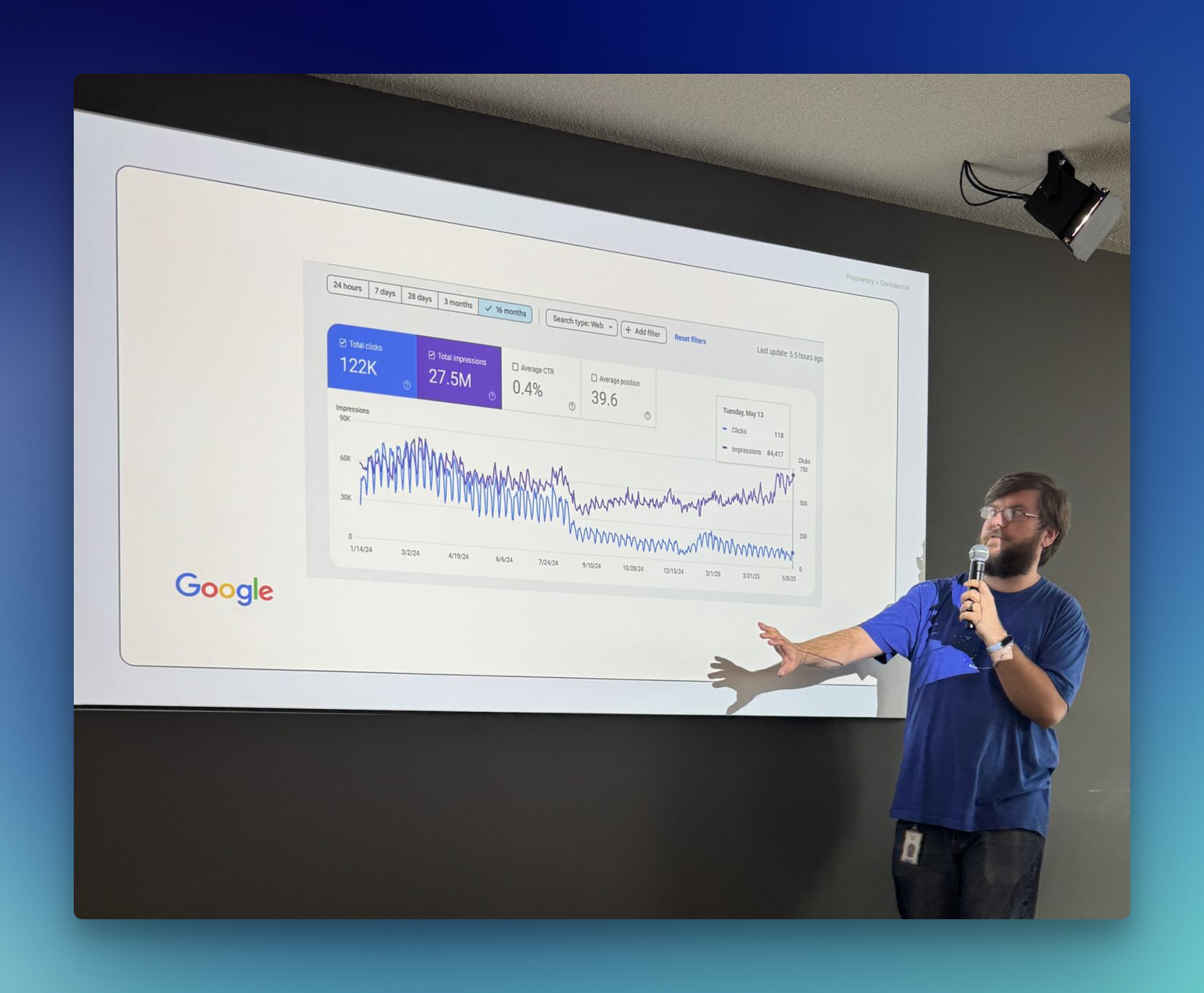
Does this mean traditional SEO is dead? Not necessarily, but new tools are emerging to help companies optimize for both search engines and AI chat engines. The space is very new, with only a few funded companies trying to help B2B products rank well in AI search results.
I've evaluated three of these tools: PromptWatch, Profound AI, and Peec AI. This post is a comparison of how different products are tackling this challenge.
Adapting Our Classic SEO Framework
Everything about AI search is new, but we can adapt our existing SEO frameworks to guide us. Here are the absolute basics if you're starting SEO for a new B2B company:
Traditional SEO Process:
- Keywords: You start with a product, a website, and some ideas of what keywords prospects might use.
- Enter a few keywords (e.g., “help desk software”) into a tool like Semrush or Ahrefs.
- Generate a list of related keywords for each root keyword, accumulating perhaps 60–70 keywords.
- Search Volume: For each keyword, see how many people actually search for it per month. This helps you prioritize.
- Competitor Tracking: See who is already ranking for these keywords, usually your competitors.
In summary, in the classical SEO world you have:
- A universe of keywords.
- Keyword search volumes to indicate priority.
- Visibility into which competitors rank and for which keywords.
Translating Traditional SEO to AI Search
Let’s see how this framework translates when evaluating AI SEO tools:
From Keywords to Prompts:
- In traditional SEO, it's all about keywords.
- In AI search, it’s about prompts—what users type into AI chatbots, like ChatGPT.
- Each tool lets you enter core keywords and then uses LLM-based methods to generate related prompts automatically.
- Pricing for these tools is typically based on the number of prompts you track.
- Critical Difference: In keyword-based SEO, you have search volume as a grounding metric. In AI search, there’s no way to know what prompts people actually use. There is no established search volume for prompts—making prioritization and benchmarking difficult, especially in new or niche product categories.

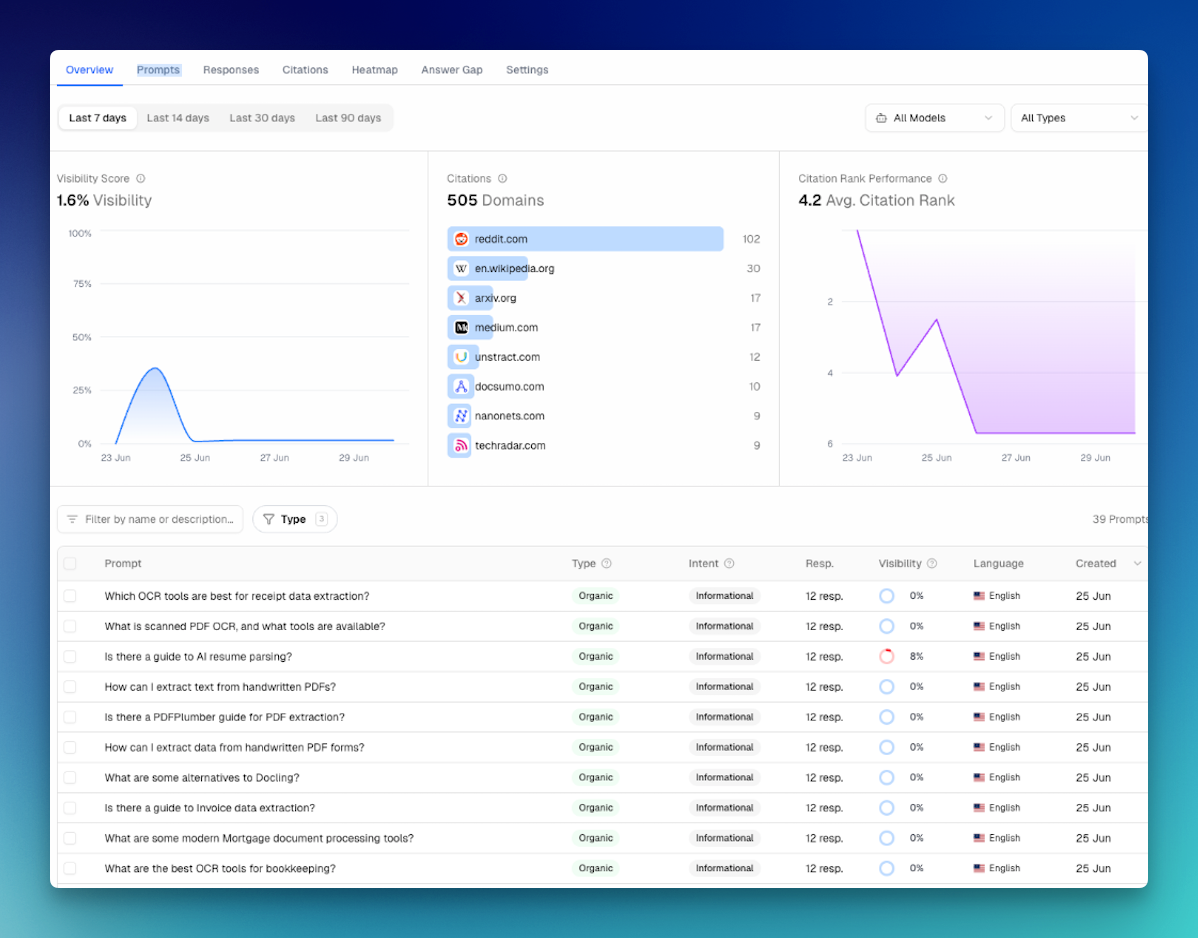
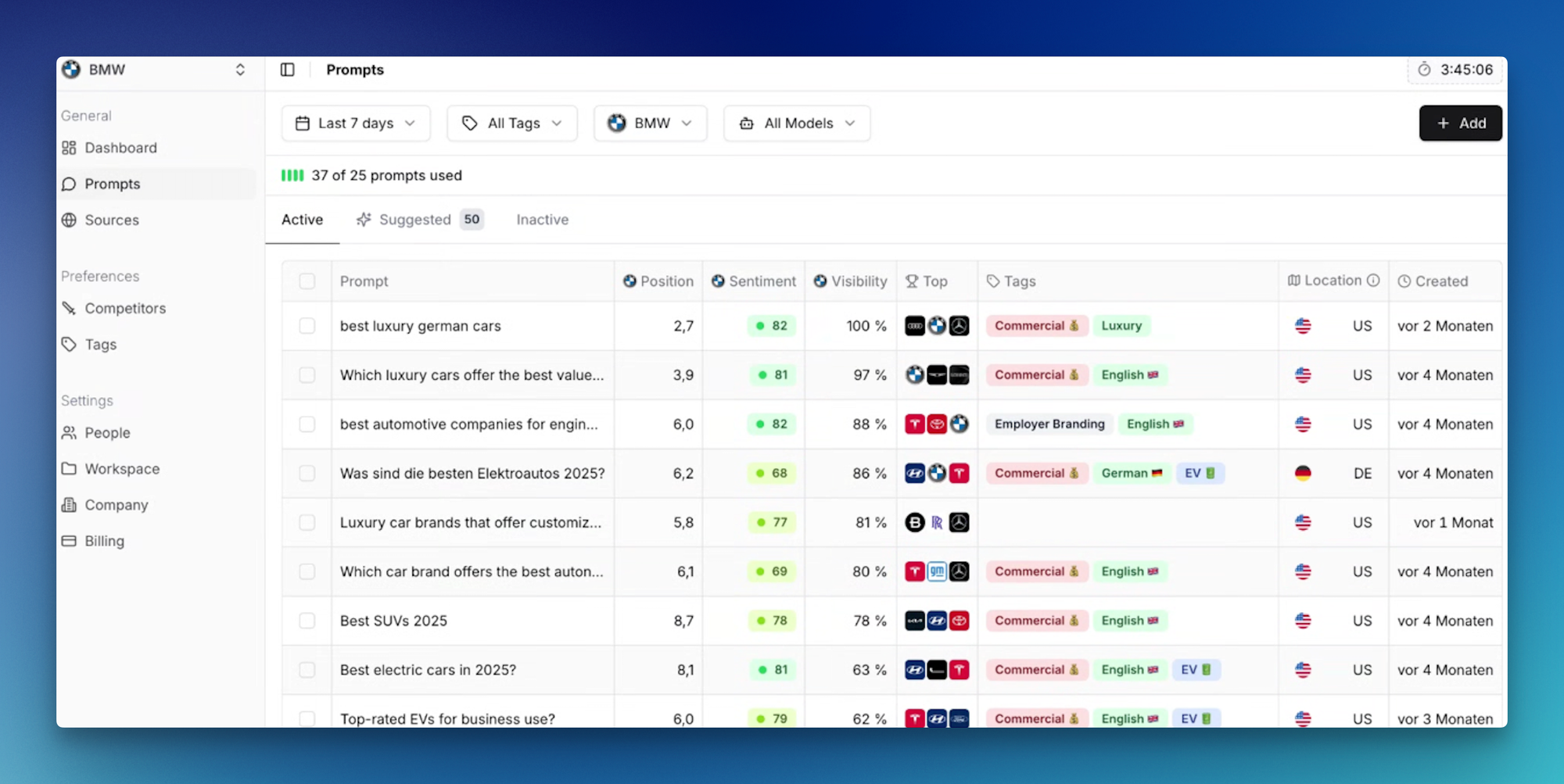
Prompts are the new keywords—but without SEO’s predictable search volume data.
Competitor Tracking:
- Traditional SEO tools show your site and competitors’ rankings for each tracked keyword.
- You can analyze which competitor pages rank, reverse-engineer them for further keyword opportunities, and build your own strategy.
- In AI search tools, you see if your page is cited in AI answers to a prompt, and if not, which competitors are instead. In AI-driven search, 'citations' (how often your content is referenced) now measure visibility, not SERP position.
- Old SEO Rule: Optimize for Google.
New AI Reality: Optimize for GPT, Gemini, Claude, Perplexity… and counting. - Key Limitation: Unlike traditional SEO, AI tools do not let you reverse engineer and discover all prompts a given competitor or page ranks for. This is a big loss—no way to discover new high-potential prompts like you can with keywords.

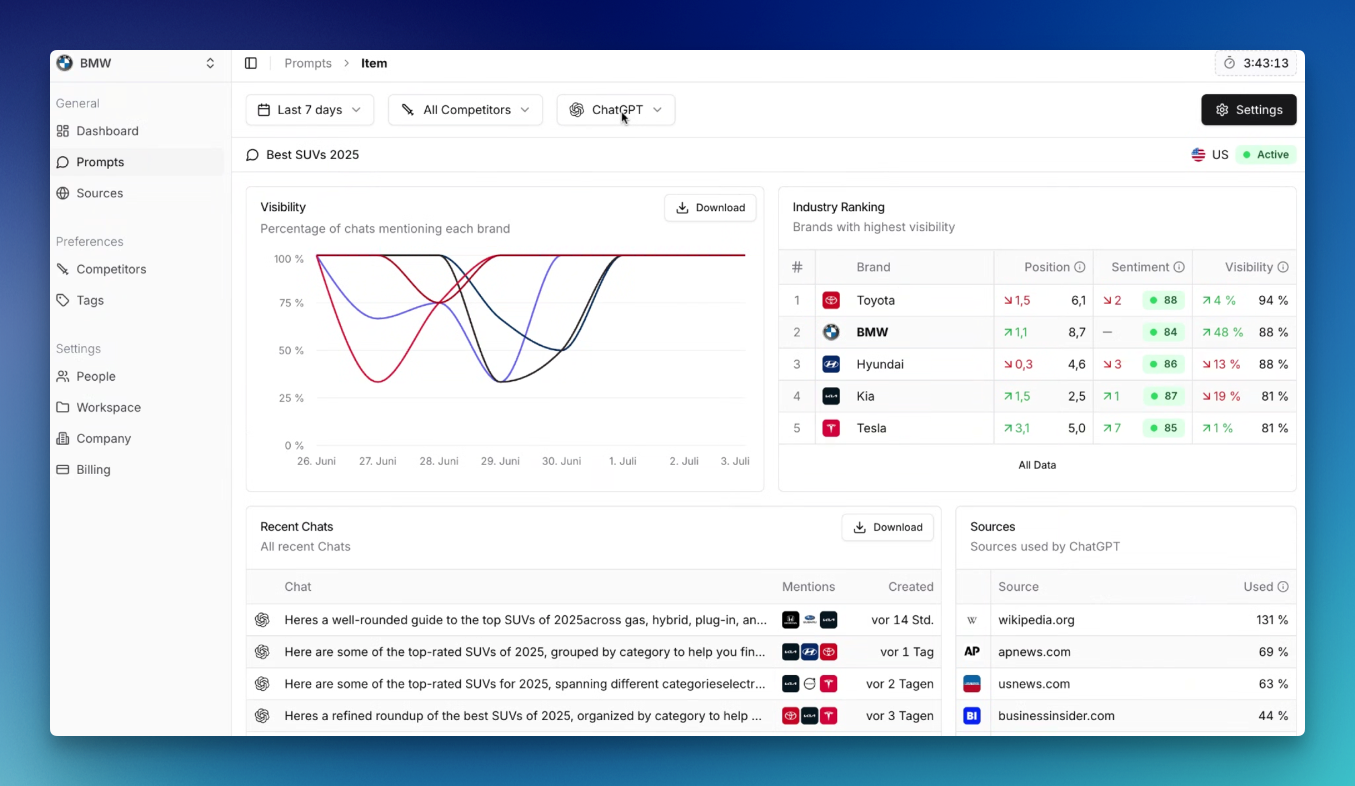
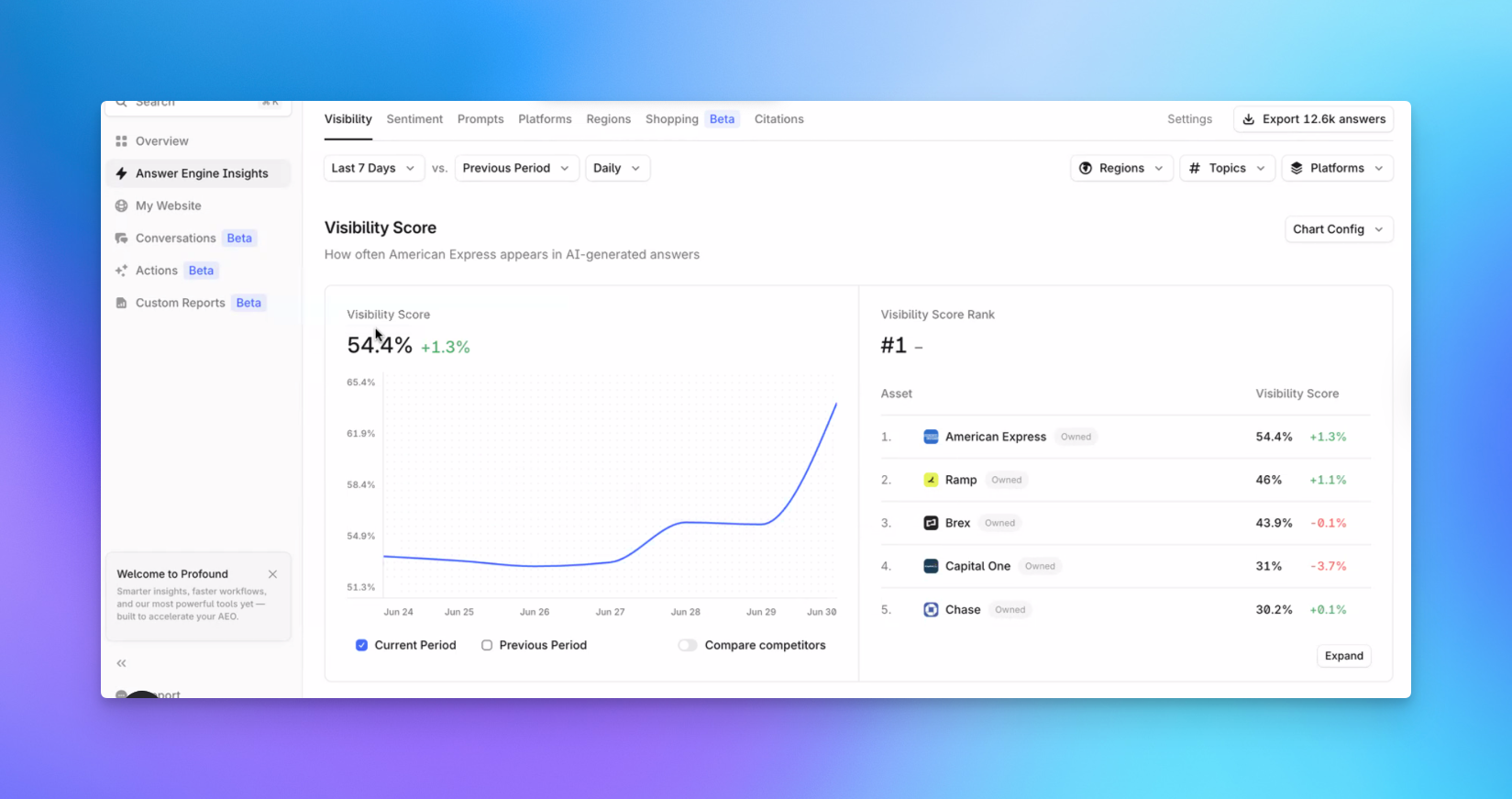
Forget #1 rankings—in AI-driven search, 'citations' (how often your content is referenced) now measure visibility, not SERP position.
Actions & Optimization:
- In traditional SEO, the data helps you decide whether to create content for unranked keywords or optimize for badly ranked ones.
- The strategies suggested by AI SEO tools are essentially the same as the ones we've used for 20 years:
- Create new content for missing gaps
- Optimize pages for poorly performing terms
- Get your product listed on top-ranking listicles or web pages
- Use common content strategies (hub-and-spoke, etc.)
- The nomenclature of the strategies changes, but the underlying tactics are the same. Ultimately, content quality trumps "hacks."

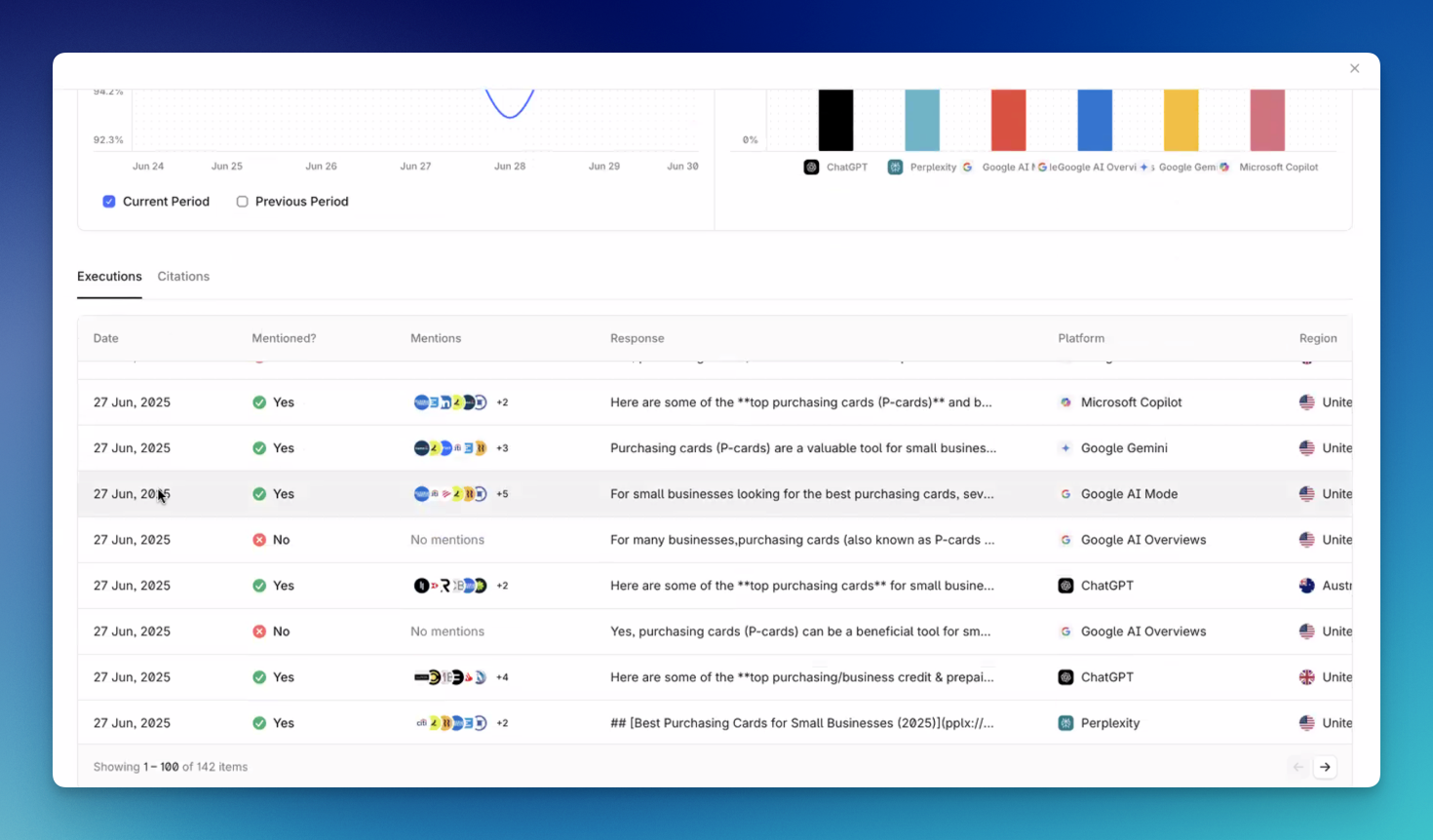
Old SEO Rule: Optimize for Google. New AI Reality: Optimize for GPT, Gemini, Claude, Perplexity… and counting.
Key Issues and Limitations
- Prompts vs. Keywords: Tracking prompts with no volume data is fundamentally limited. It's hard to know if you’re tracking the "right" prompts, particularly for new niches where no historical data exists.
- Incomplete Competitor Visibility: In traditional SEO, you can see the full keyword universe a competitor ranks for. In AI SEO, that kind of competitor insight simply doesn’t exist.
- Actionability: Recommendations from these tools mirror the same old tactics. If all you’re doing is what you’ve always done—create and optimize content—the flashy new tools aren’t adding unique value yet.
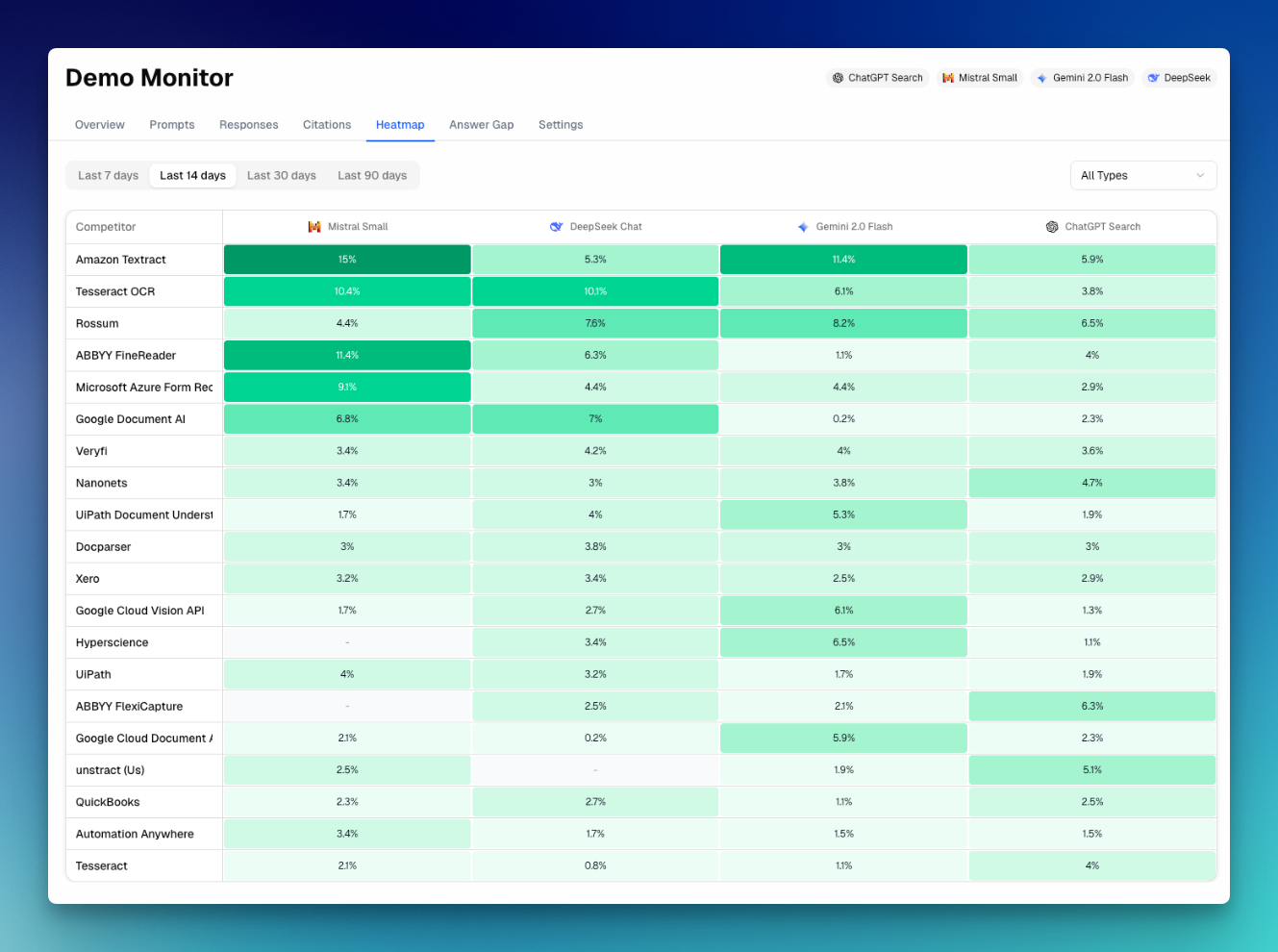
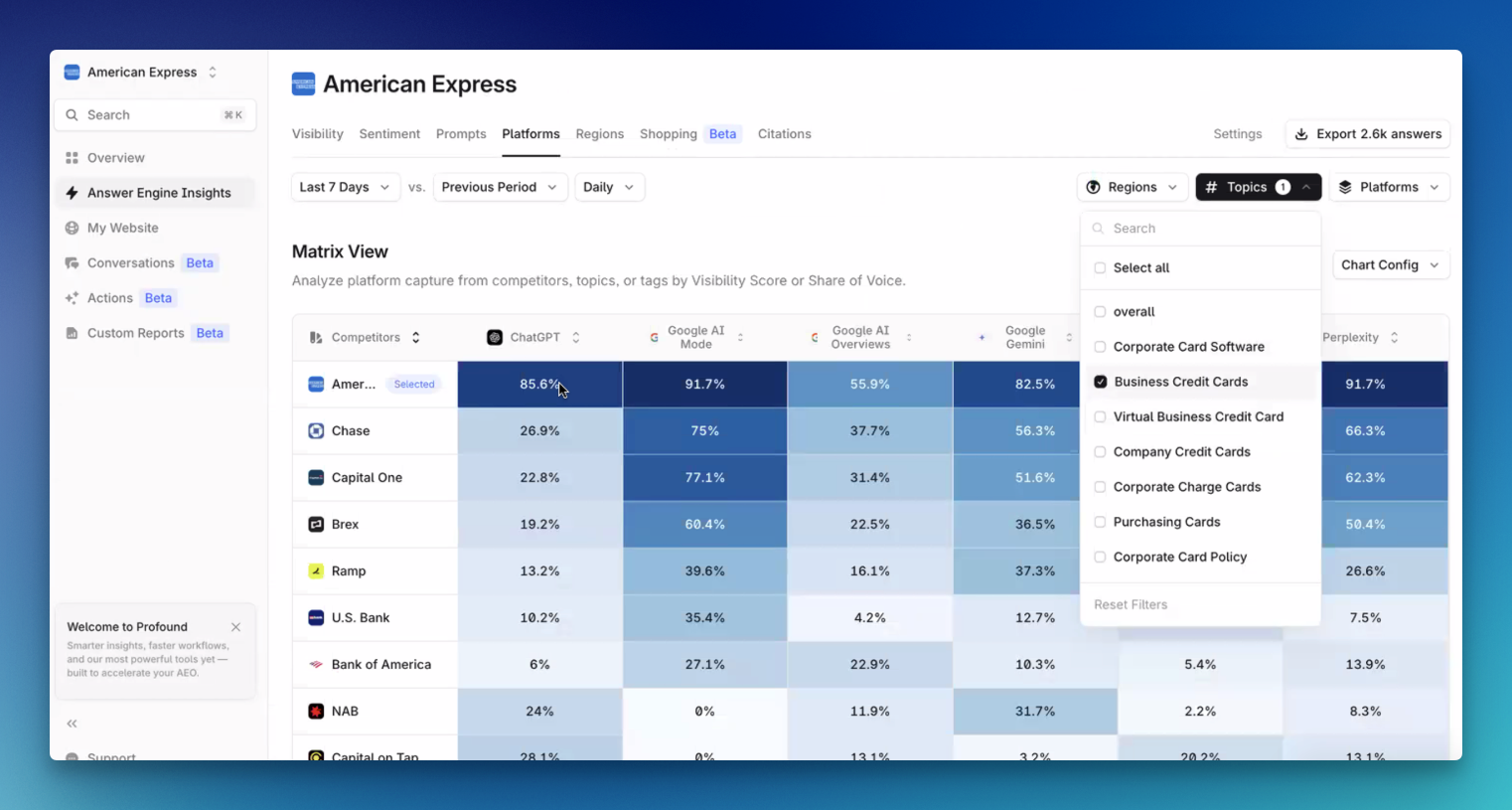
Should You Care About AI SEO Tools?
- The only current use case for AI SEO tools is tracking—the ability to see how you show up (or not) in AI search results for a set of prompts.
- However, since prompt tracking isn’t backed by data or deeper insight, this is a limited view.
- Given the rapid evolution of this space, that could change, but right now, these tools don’t justify their price for most companies. Many are just solving FOMO.
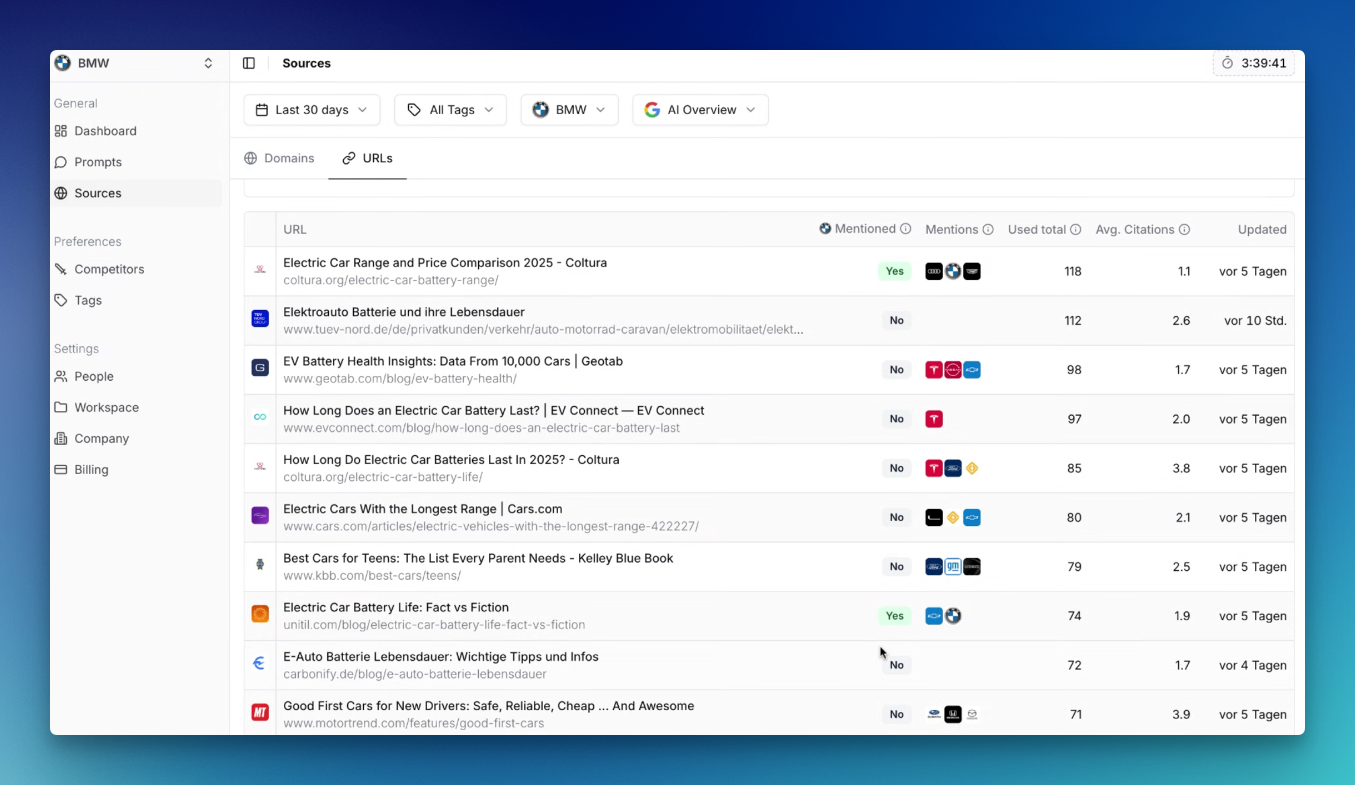
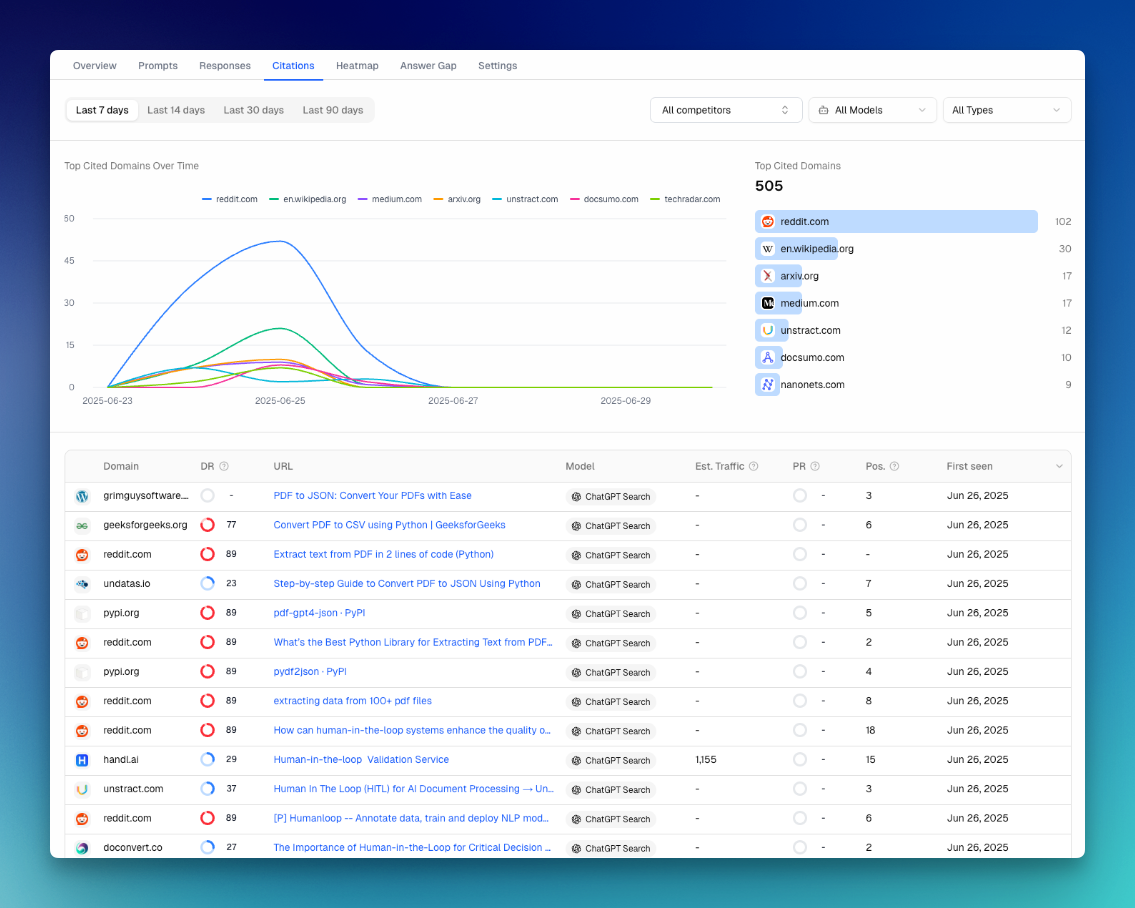
To summarize:
- Tracking prompts alone gives a very incomplete picture compared to keyword volume and competitor visibility in traditional SEO.
- The lack of actionable data and missing reverse engineering features are big gaps.
- If AI search strategies mirror what we’ve done in traditional SEO for the past 20 years, then where’s the innovation? As marketers, we expected AI to push us into a new paradigm—one that demanded higher quality and deeper value. But if the approach remains unchanged, what’s the real breakthrough?
The core issue lies in the data itself. LLMs are trained on the same internet that SEO has shaped—often filled with low-value, keyword-stuffed content. If AI search simply repackages this existing ecosystem, are we just repeating old habits under a new name?
This isn’t about blaming the current state of AI. It’s about asking ourselves: If the foundation hasn’t changed, are we really evolving—or just rebranding the same game?
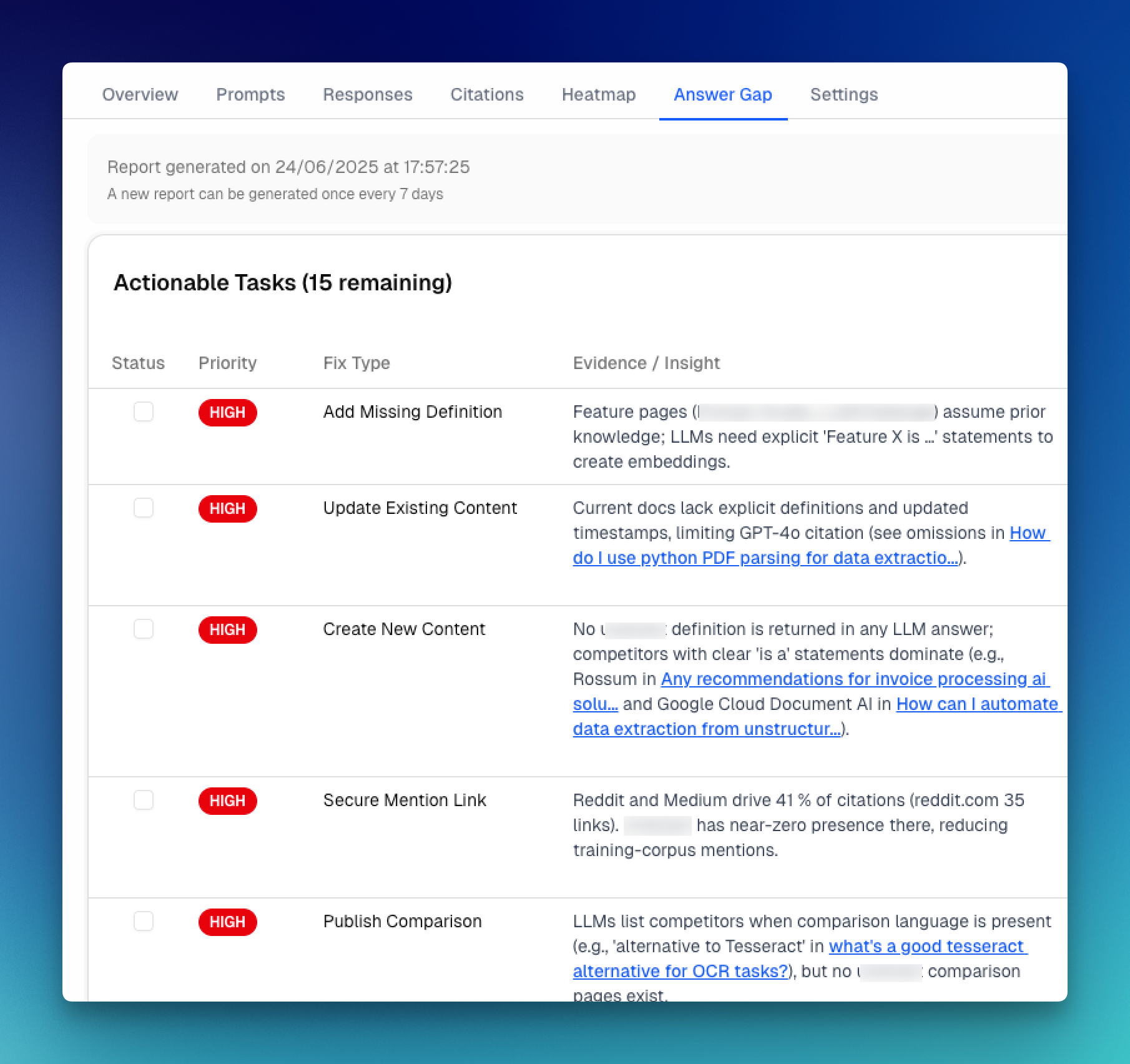
Common AI-Search optimization recommendations
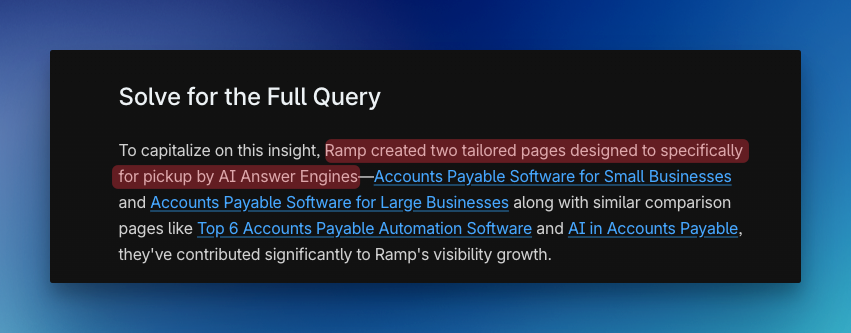
If we’re just creating pages to feed AI answer engines instead of serving real human needs, we’re repeating the same mistake as old-school SEO—optimizing for bots over people. Instead of enriching the web, we risk flooding it with shallow, machine-targeted content that adds little value. True progress means building for humans first, then ensuring AI can amplify—not replace—genuine usefulness.
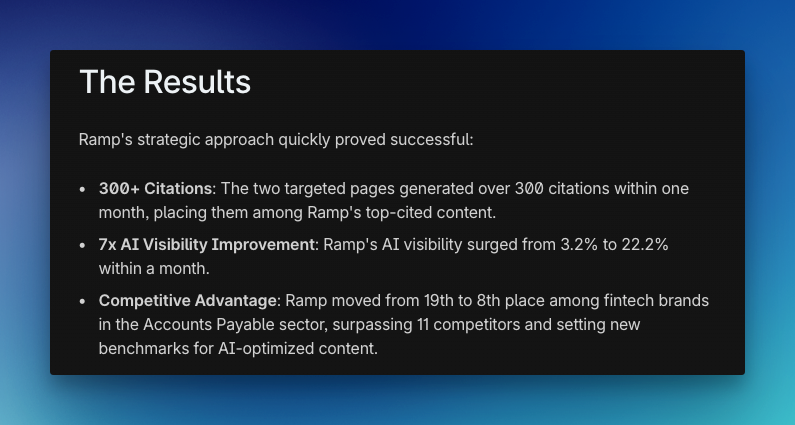

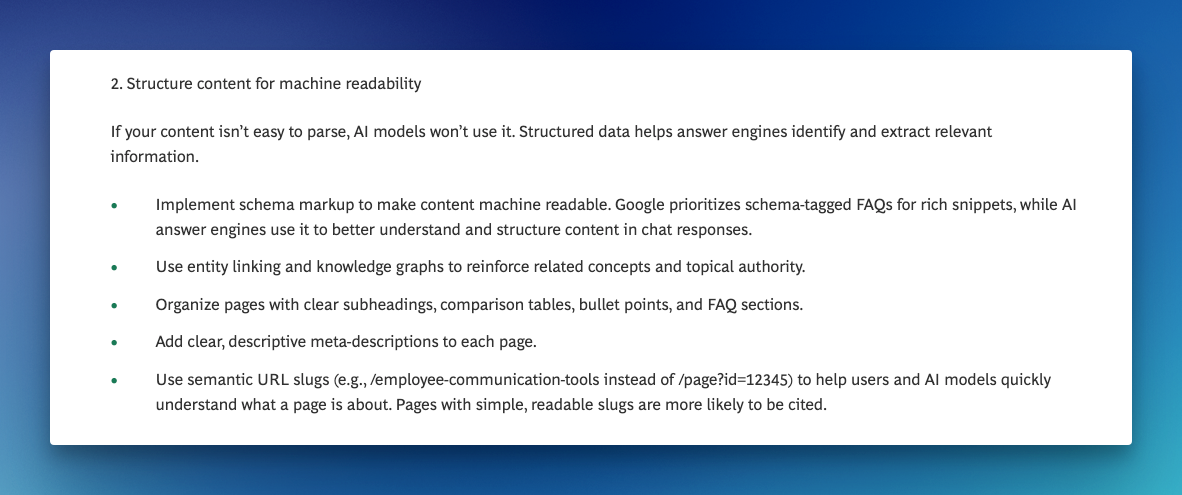

I recently received an email from G2 highlighting that AI search tools often cite them as a top source for software recommendations. On the surface, G2 looks like a standard review site, but it actually operates more like a content platform, with user reviews as its main product.
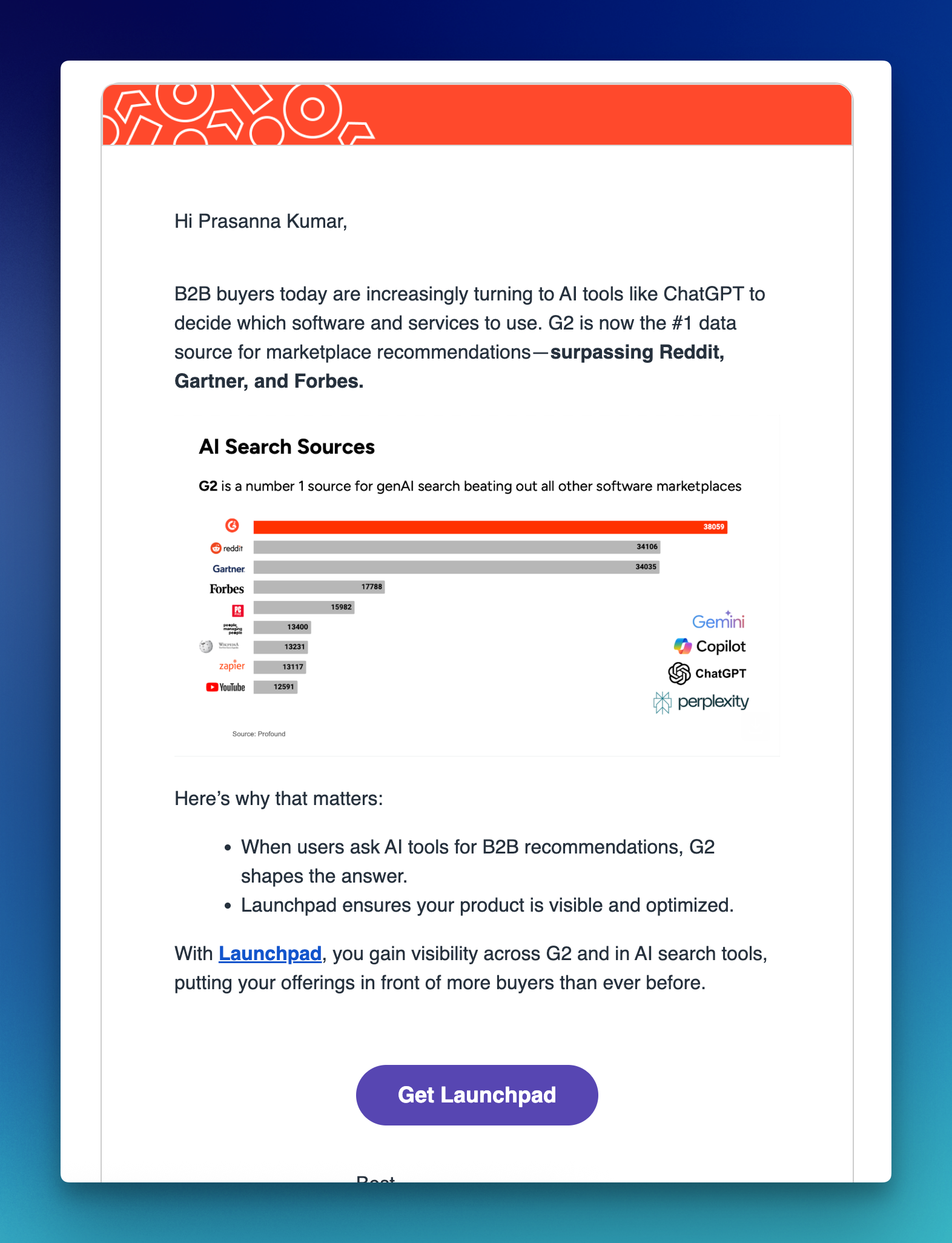
The catch is that many of these reviews are incentivized—think Amazon gift cards or discounts offered in exchange for feedback. This means the content is often influenced by rewards, which can skew the reviews and make them less objective.
Unlike other platforms where feedback is spontaneous, G2 uses a structured format for its reviews, further shaping the content and how it presents products. Since the site is designed to generate content for search engines, it’s no surprise that it ranks highly in AI-generated recommendations.
But this raises a question: if AI search tools cling to platforms like G2, are we really getting the best, most unbiased recommendations? It’s worth considering how much these incentives shape the information we rely on when making decisions about new products.
Watch this space as it matures, but don’t overspend just yet. If you have any questions or thoughts, please share!
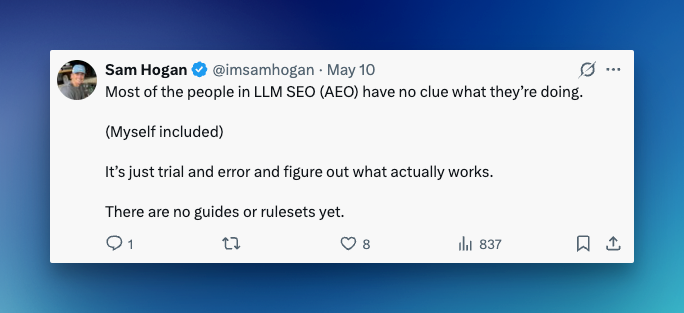
Here is Benjamin Houy’s article explaining why he’s shutting down Lorelight, a Generative Engine Optimization (GEO) platform designed to help brands improve visibility in AI search engines like ChatGPT and Perplexity.

Despite its technical success and initial customer interest, the tool ultimately failed because its insights didn’t change how customers approached marketing. Houy realized that GEO isn’t a standalone strategy—it’s just an extension of traditional brand-building fundamentals: creating quality content, earning authoritative mentions, and establishing genuine expertise.

